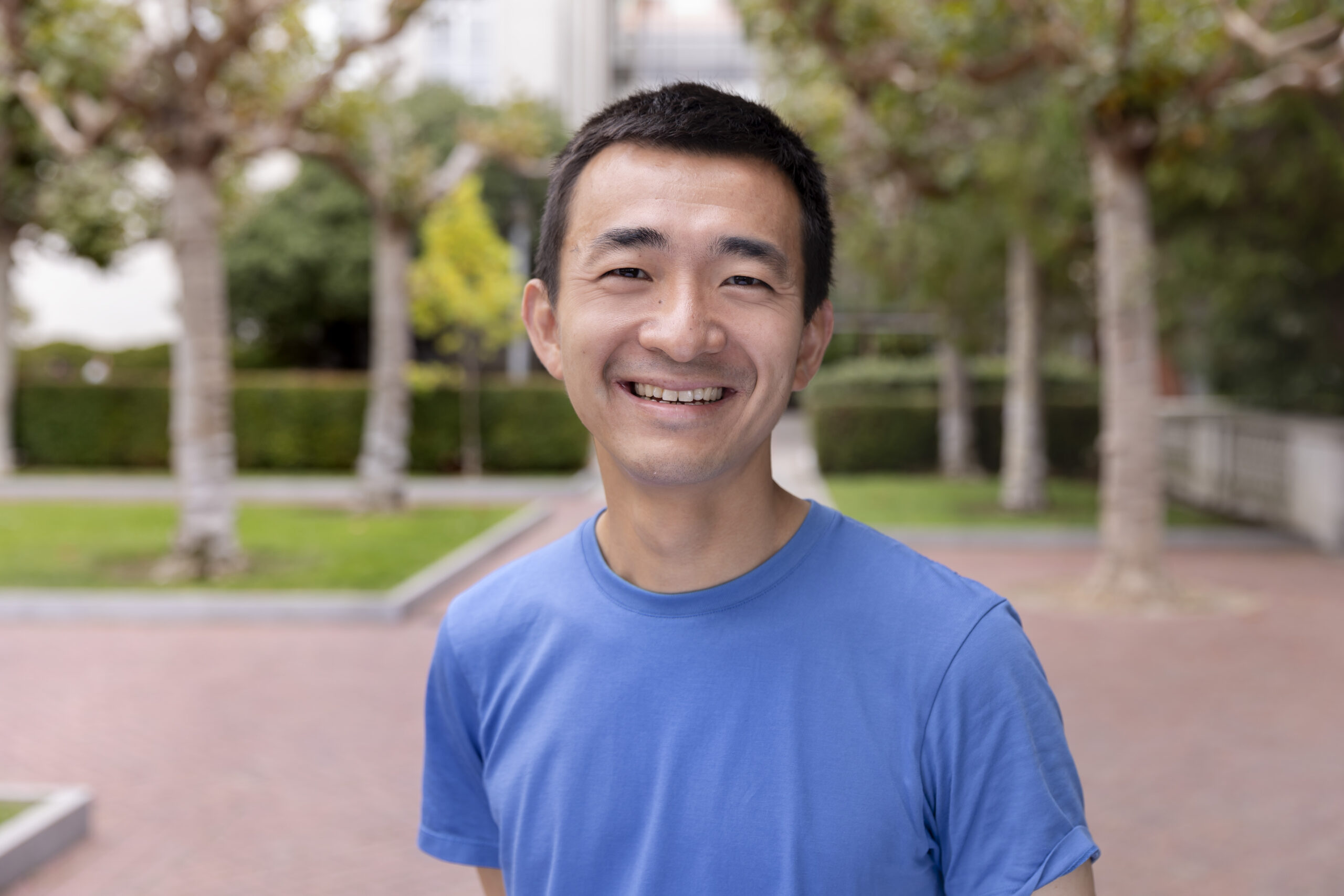
Ziyang Zhang
ChemistryDr. Ziyang Zhang is an Assistant Professor in the Department of Chemistry and Chemical Biology.
Project Description
Reprogramming PCSK9 biology for targeted membrane protein degradation
Joint project with John Chorba
Targeted protein degradation is a powerful therapeutic strategy that has greatly expanded the landscape of tractable disease targets. However, current methods are largely limited to proteins inside the cell. Many cancer and immunological targets are located on the cell membrane –therapeutic approaches to degrade these targets are scarce and often require antibodies or large oligomeric molecules. Yet a natural degradation signal for surface proteins already exists. They propose to leverage this natural mechanism into a small molecule-based platform for targeted protein degradation of the cell surface and extracellular spaces.
Ziyang Zhang’s Story
“Cell-ebrating” A New Way to Target Disease
November 8, 2023
By: Niki Borghei
Targeted protein degradation has immense therapeutic potential. It’s a therapeutic strategy that involves the specific removal of disease-causing or unwanted proteins within a cell, enabling treatment for more diseases than ever before. However, since existing methods mostly focus on proteins residing within the cell, the potential for treating some diseases (especially common ones such as cancer) are limited. Nonetheless, a natural degradation signal for surface proteins already exists. That’s why Dr. Ziyang Zhang, Assistant Professor of Chemistry & Chemical Biology at UC Berkeley, is working on a joint project with UCSF Assistant Professor of Cardiology, Dr. John Chorba, to harness this mechanism with a platform that promises a new pathway for therapeutic interventions.
Q: What is the problem you are trying to solve with your Bakar project?
A: We try to find new ways to remove disease-causing proteins from the cell surface.
Q: How did the idea for this solution come about?
A: We look for inspirations from nature! Particularly, we became interested in a natural biological mechanism that usually causes cardiovascular disease and asked, “can we hijack this mechanism turn it on its head to treat diseases like cancer?”
Q: As a chemist, what led to your interest in this area of research?
A: It has always been my dream to use the fundamental principles of chemistry to create to trick to treat diseases.
Q: What about entrepreneurship? How did that become part of your career goals?
A: And for that to happen, we need strong academic entrepreneurship infrastructure to turn our idea into a potential product, with the hope to eventual benefit patients.
Q: Tell us what it’s like working on a joint project with Dr. John Chorba. A: John and I have known each other for more than 5 years! Having a big chunk of water between our labs shouldn’t stop us from collaborating – and we are very excited to get Bakar’s support so we can start pitching crazy ideas to each other again.
Q: When can we expect to hear more about how your project? A: We hope to see our first proof of concept by 2025!